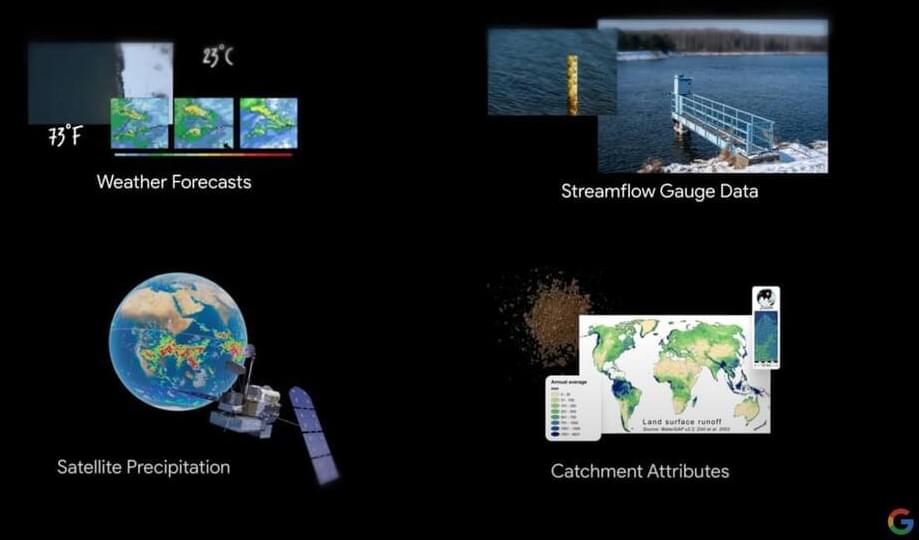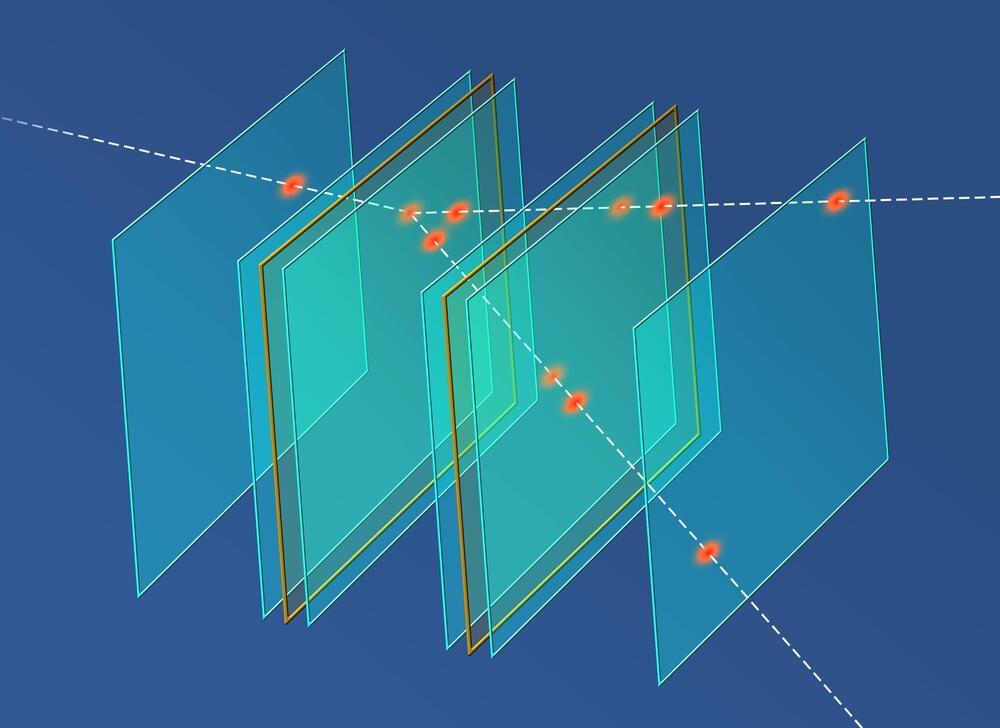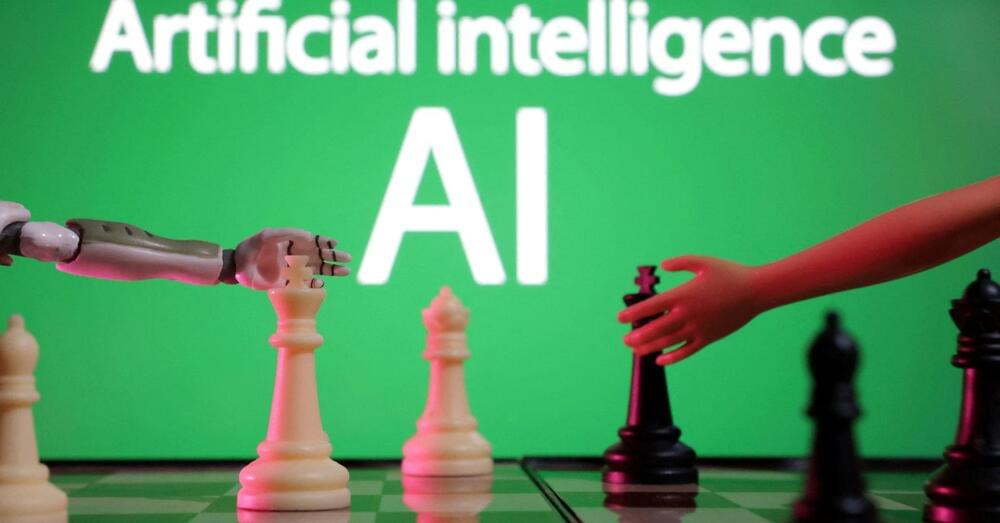Google just announced that it has been riverline floods, up to seven days in advance in some cases. This isn’t just tech company hyperbole, as the findings were actually published Nature. Floods are the most common natural disaster throughout the world, so any early warning system is good news.
Floods have been notoriously tricky to predict, as most rivers don’t have streamflow gauges. Google got around this problem by with all kinds of relevant data, including historical events, river level readings, elevation and terrain readings and more. After that, the company generated localized maps and ran “hundreds of thousands” of simulations in each location. This combination of techniques allowed the models to accurately predict upcoming floods.






